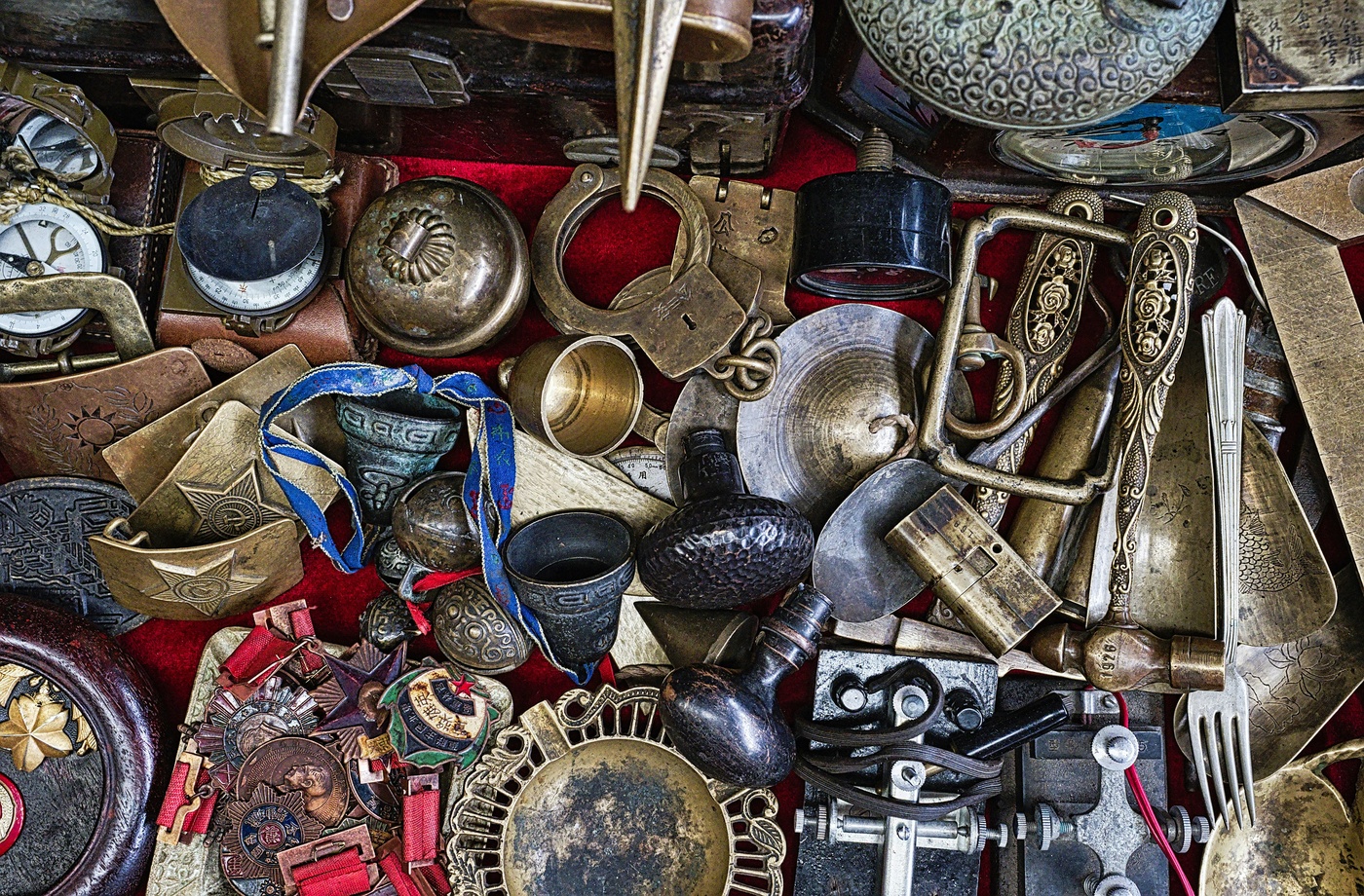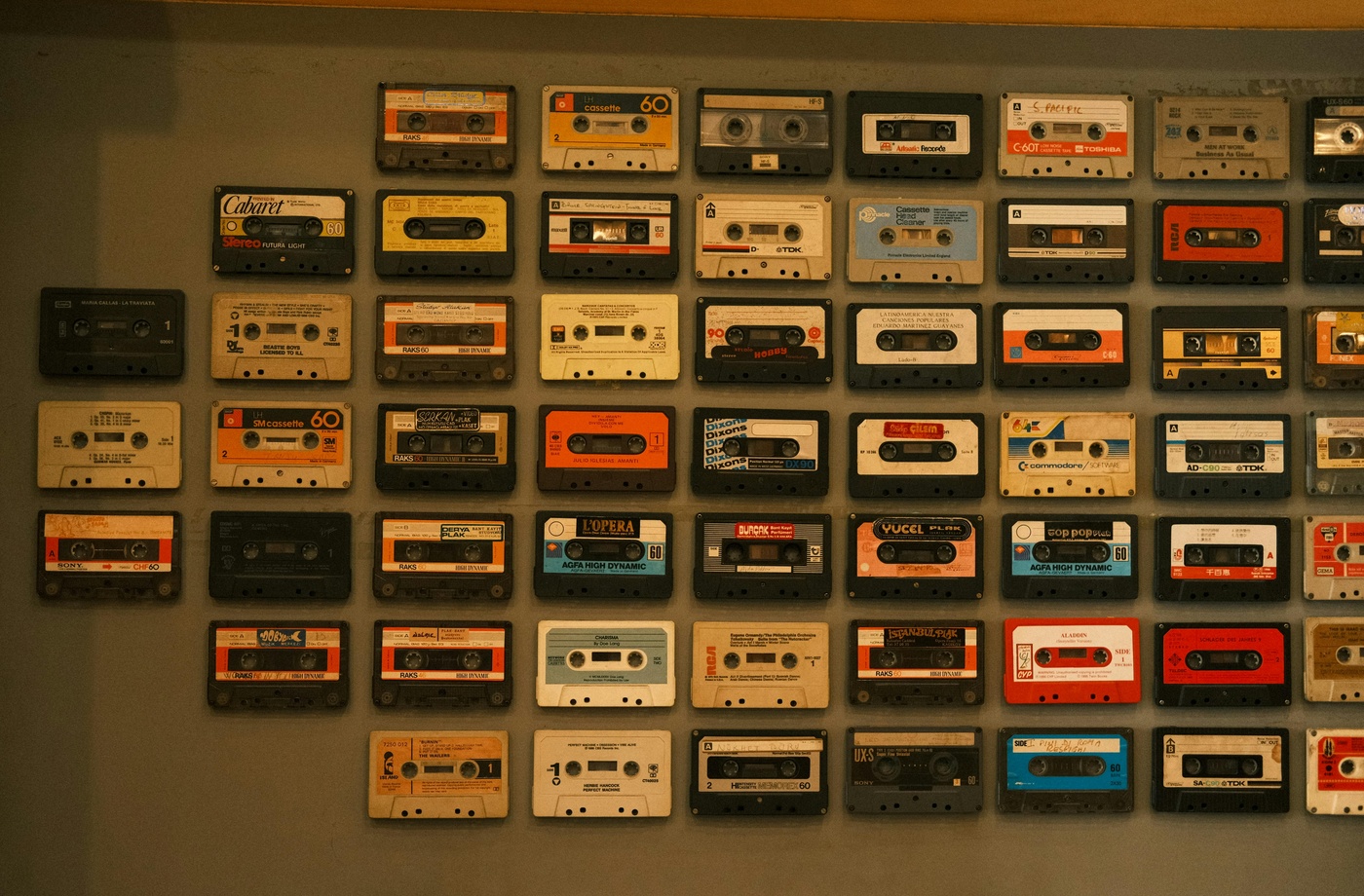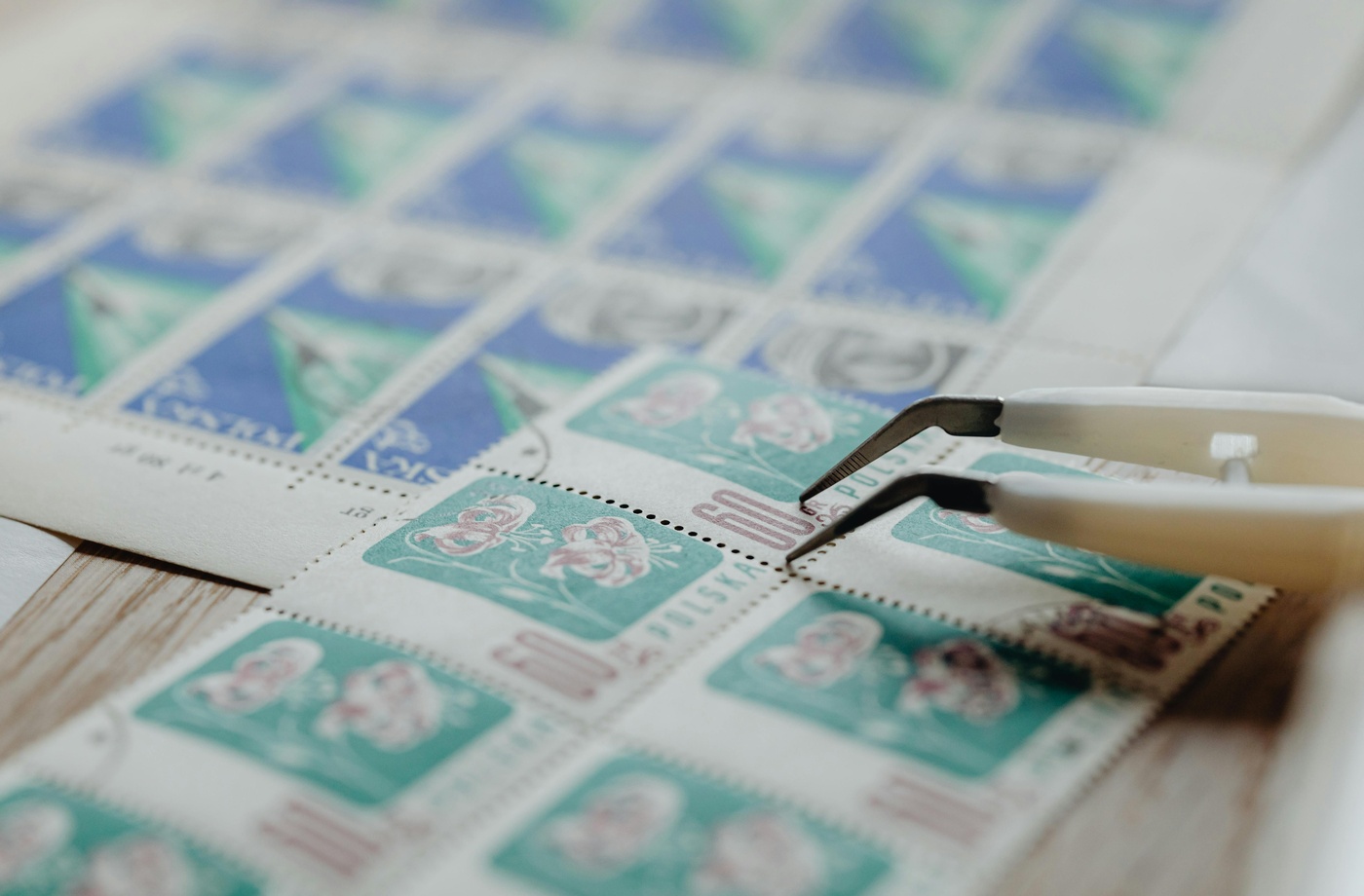If you’ve ever wondered why some items skyrocket in value while others gather dust, you’re not alone. The world of collecting is vast and varied, but there are common traits that make certain objects desirable, valuable, and worth preserving. Whether you’re new to collecting or looking to start a hobby that holds long-term appeal, understanding what makes something “collectible” is a smart first step.
Here’s a beginner’s breakdown of what drives collectibility—and how to spot it.
- Rarity and Scarcity
One of the biggest factors in collectibility is how hard an item is to find. Limited editions, discontinued runs, and exclusive releases often command more interest because they aren’t easily replaced. The fewer the units available, the more valuable each becomes to collectors.
Examples include:
- Convention-exclusive Funko Pops
- Limited print trading cards (e.g., holographic Pokémon or Magic: The Gathering cards)
- Vaulted figures or discontinued merchandise
- Cultural Relevance and Nostalgia
Pop culture plays a major role in shaping what people collect. Items tied to iconic shows, movies, or eras can become nostalgic over time, increasing their value. Think of 90s Nickelodeon toys, early Star Wars figures, or first-gen Pokémon memorabilia.
Nostalgia creates emotional attachment, which can fuel demand even if the item isn’t especially rare.
- Condition and Packaging
Collectors often prioritize mint condition items—especially if the packaging is intact. Original tags, sealed boxes, and unbent corners can drastically increase an item’s resale value. This is especially true in categories like:
- Action figures and dolls
- Comic books and graphic novels
- Vinyl records and cassette tapes
Tools like Pop Price Guide and PriceCharting can help you compare current values based on condition.
- Provenance and Authenticity
An item’s origin or story can add to its collectibility. This might include:
- Signed merchandise
- First editions or early production numbers
- Certified memorabilia from reputable sources
For example, autographed cards authenticated by PSA or Beckett are more desirable than unsigned or unverifiable versions.
- A Strong Collector Community
Some items become collectible simply because people rally around them. Fandoms like LEGO, Pokémon, or Star Wars maintain active online communities that support buying, selling, trading, and displaying. This helps build sustained interest and market demand.
Join forums or social platforms like:
- Age vs. Modern Collectibles
While vintage items often hold high value due to age and rarity, modern collectibles are no less valid. In fact, some recent releases sell out and appreciate rapidly due to social media buzz or limited availability.
Apps like eBay and Mercari let you track trending items and price history in real time.
Final Thoughts
Collectibility is a mix of emotional, cultural, and market factors. What’s collectible to one person might not be to another—but items with rarity, relevance, and condition tend to hold the most value across the board.
If you’re just getting started, pick a niche you love and focus on finding pieces that spark excitement. Over time, you’ll develop an instinct for what to look for—and maybe even uncover a few gems others overlooked.



